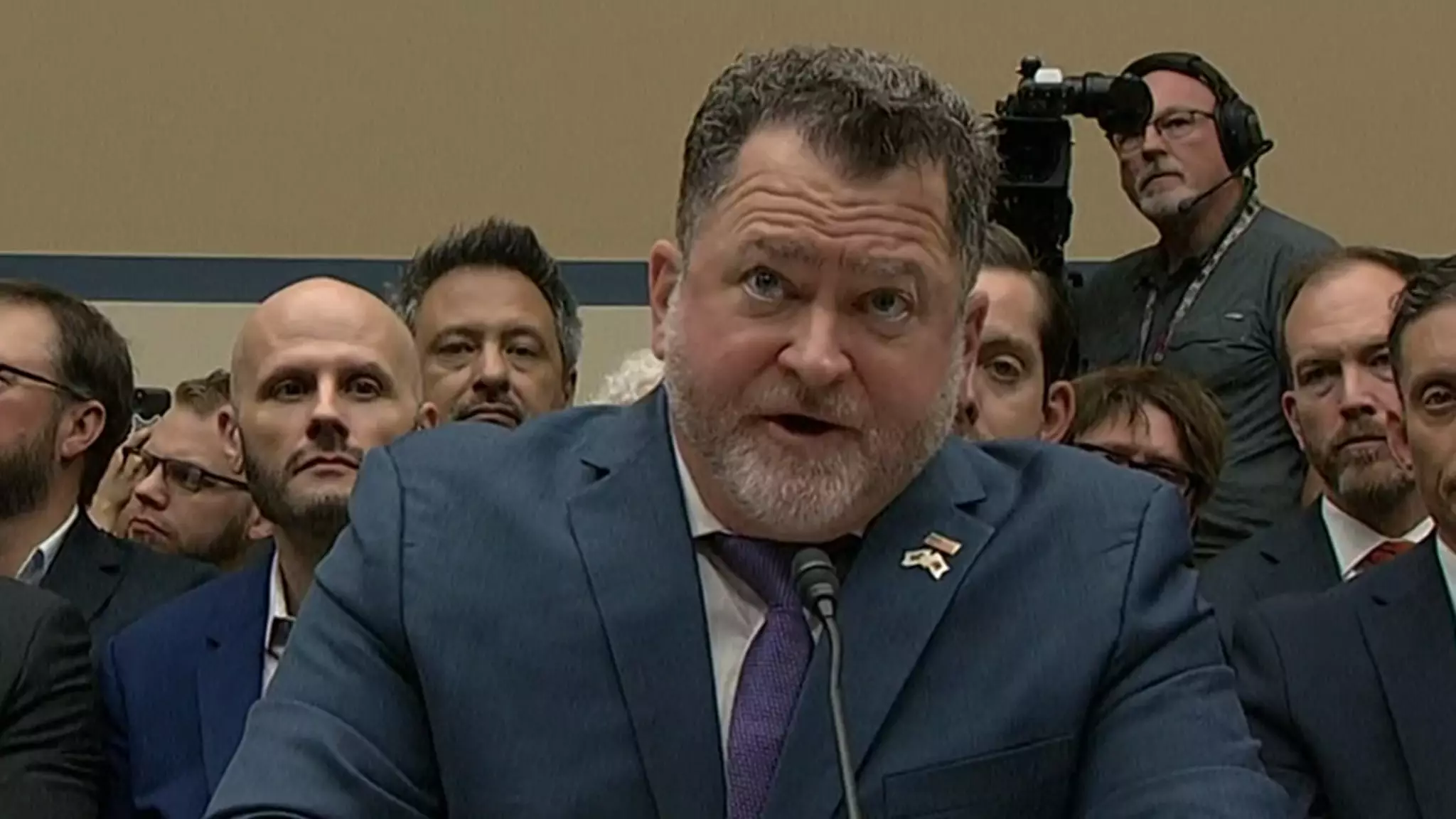In recent years, the term Unidentified Anomalous Phenomena (UAP) has gained prominence in discussions about national security. These incidents, long associated with the mysterious UFOs of yesteryears, have been revitalized in the public and political spheres, especially after testimonies from former government officials. The recent congressional hearings shed light on the potential risks UAPs pose to national safety, prompting lawmakers and experts alike to revisit the government’s understanding and preparedness regarding these strange occurrences.
One of the most significant contributions to this ongoing discussion came from Luis Elizondo, a former U.S. Defense Department official. His testimony painted UAPs not as mere curiosities but as possible threats with potentially catastrophic implications. Elizondo articulated a grim scenario: if these UAPs are controlled by hostile entities, the intelligence oversight in this realm could rival historic failures, such as the inability to foresee the 9/11 attacks. Such assertions demand serious consideration and scrutiny, as they raise questions about what constitutes a threat in the contemporary world and how proactive government actions can mitigate these dangers.
At the heart of this inquiry lies the curious question of UAPs’ origins. Congresswoman Nancy Mace’s questioning of whether these phenomena are the product of private industry or extraterrestrial civilizations broke ground in understanding the complexities of UAP technology. Elizondo’s assertion that these advanced technologies outpace American capabilities is alarming. This revelation not only challenges existing paradigms of technological advancement but also highlights significant intelligence gaps within governmental structures.
The implications of UAPs being controlled by adversarial forces cannot be overstated. If confirmed, this scenario suggests a dire need for reevaluating the national security framework. Advocates, including Elizondo, emphasize that the lack of control or understanding regarding UAPs may represent an existential risk, warranting immediate and thorough investigations. The stakes are so high that it demands a recalibration of governmental priorities, resources, and strategies to address these anomalies.
An informed public is crucial for a comprehensive approach to national security concerning UAPs. Recent media offerings, notably the documentary “TMZ Presents: UFO Revolution,” serve as platforms for broader discussions. This work presents insights not just from experts but also from influential figures in the field, ultimately enhancing public understanding of UAP phenomena. By tapping into narratives that combine documented history, personal accounts, and expert testimonies, such media initiatives can serve as catalysts for informed public discourse.
The discourse surrounding UAPs is far from settled; it invites ongoing debates about technology, security, and the unknown. It is imperative that government officials, scientists, and the public join forces to demystify UAPs and work toward developing a coherent strategy that ensures national defense against these potential threats. As we forge ahead, embracing transparency and collaboration is essential in unraveling the complexities of this modern enigma.

Leave a Reply